How to Create Impactful Email Marketing Newsletters
Updated December 17, 2023.
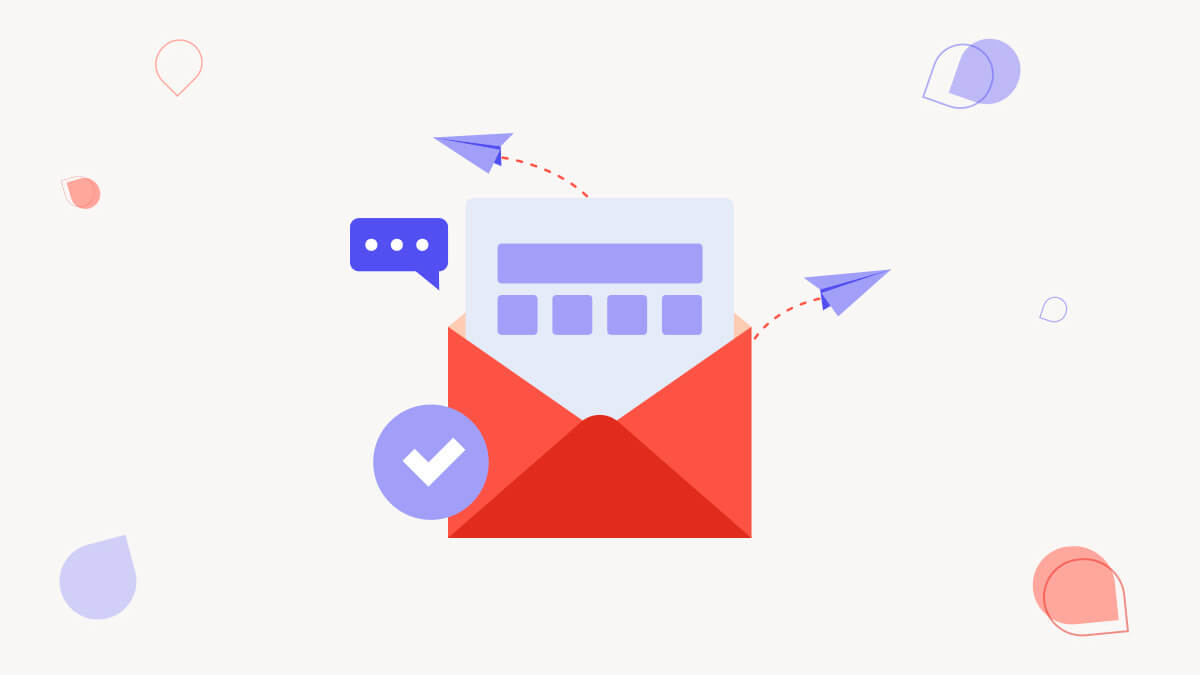
Email marketing is a powerful tool, but how do you create newsletters that truly make an impact on your audience? Below, we dive into the strategies and techniques you can use to craft compelling email marketing newsletters that engage your subscribers and drive results.
Meet the expert
Andrew Royal, a seasoned marketing executive with nearly a decade of experience, is the founder of RevOps. He specializes in helping SMBs optimize revenue operations through data-driven strategies.
1. Start with content
The foundation of impactful email marketing newsletters is content. Understand what your audience wants and what resonates with them. Use A/B testing to determine the language and tone that resonates with your subscribers and optimize your email content accordingly.
You should also regularly analyze your email metrics, such as open rates, click-through rates, and conversions, to gauge the effectiveness of your newsletters. This data-driven approach will help you continuously improve and deliver valuable content that engages your audience.
2. Craft punchy subject lines
The subject line is your one-second hook in the inbox. That's why you want to create short, attention-grabbing subject lines that entice recipients to open your email. Avoid deception; your subject line should accurately represent the email's content to foster and retain trust.
Are you using Mailchimp? Check out our guide on creating newsletters in Mailchimp.
3. Ensure skimmability
When reading emails, most people start with the call to action first, and if it resonates, they'll go back and read the entire thing. So, make your content skimmable by using headers, bullet points, and concise paragraphs. A well-structured email enhances the reader's experience and improves their chances of fully understanding and retaining the information you're trying to convey.
» Need help creating content? This guide might be of help.
4. Customize imagery
You should also tailor your email's imagery to your audience's preferences. Some may respond better to lifestyle images, while others prefer product-focused visuals. The point is to adapt your visuals to align with your subscribers' expectations to create a more personalized and engaging experience for your audience. Plus, the more tailored and relevant your imagery is, the stronger the connection you can build with your subscribers.
5. Watch your tone and language
Consider your audience and industry when determining the tone and language of your emails. Again, skimmability is crucial, so avoid lengthy, complex sentences and consistently match your tone to your brand's voice. Of course, you may need to use industry-specific jargon if you're in the B2B space, but you can still do so without creating 40-word long sentences.
» Want to write better email preview texts? Start here.
6. Create a sense of urgency
Drive action by creating urgency in your emails. Use email engagement tactics like limited-time offers or countdowns to encourage immediate action from your subscribers. Another effective way to create urgency in your emails is by highlighting the scarcity of a product or service.
Emphasize that there are only a limited number available or that the offer is exclusive to a certain time period. This will motivate your subscribers to take action quickly before they miss out on the opportunity.
7. Balance promotional and informational content
Strike a balance between promotional and informational content. Offer value beyond your products or services. Share helpful tips, guides, or industry insights to engage your audience.
» Speaking of guides, this one will teach you all you need to know about email audits.
8. Optimal email frequency
There's no one-size-fits-all answer for email frequency. It depends on your audience and content. The most important thing is to maintain consistency; subscribers come to expect emails at specific times. Avoid overwhelming them with too many emails in a short period, though, and be mindful of not sending too few emails so that they forget about your brand. Finding the right balance is key to keeping your subscribers engaged and interested in your content.
» Here's how to figure out how many emails you should send per month
Common mistakes to avoid
- Sending multiple emails on the same day with disjointed topics: If you're running multiple initiatives at the same time, be very careful that you're not running on the same day as another campaign.
- Putting subscribers into a funnel and just letting them funnel run: To avoid this, carefully schedule drip campaigns to complement your regular email schedule.
Unlock the power of email marketing
Implementing these strategies and avoiding the common mistakes we mentioned can go a long way to enhancing your email marketing efforts and can help achieve better results. It all comes down to understanding your audience, crafting compelling content, and most importantly, being consistent.
Ready to scale your marketing campaigns?
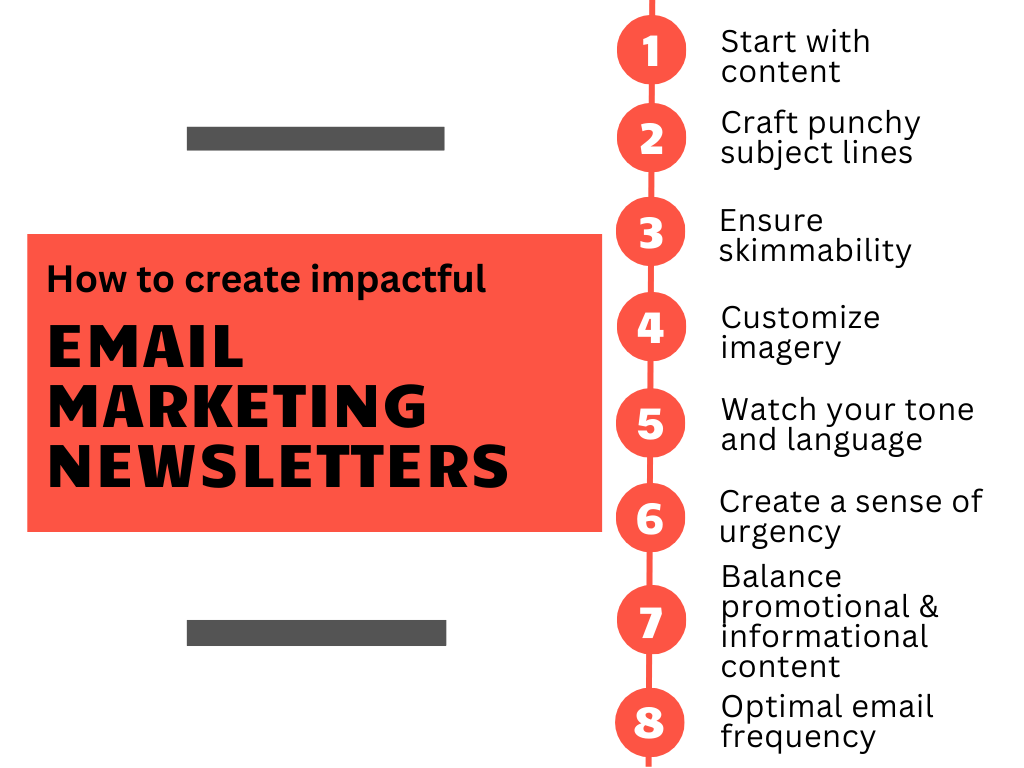

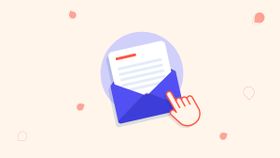
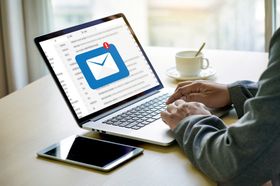

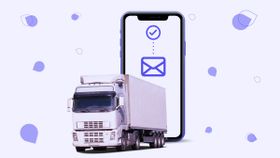
![16 Top eCommerce Trends to Watch in {year} [VR + AI + Omnichannel Marketplaces]](https://entail.mayple.com/en-assets/mayple/fit-in/280x280/60ddc2f932445eac2fb4c0b8_jezaelmelgozalayMbSJ3YOEunsplash3925x2208_90fe4a0a6204b996bc04c8f364d41fa5_2000-1699777198386.jpg)